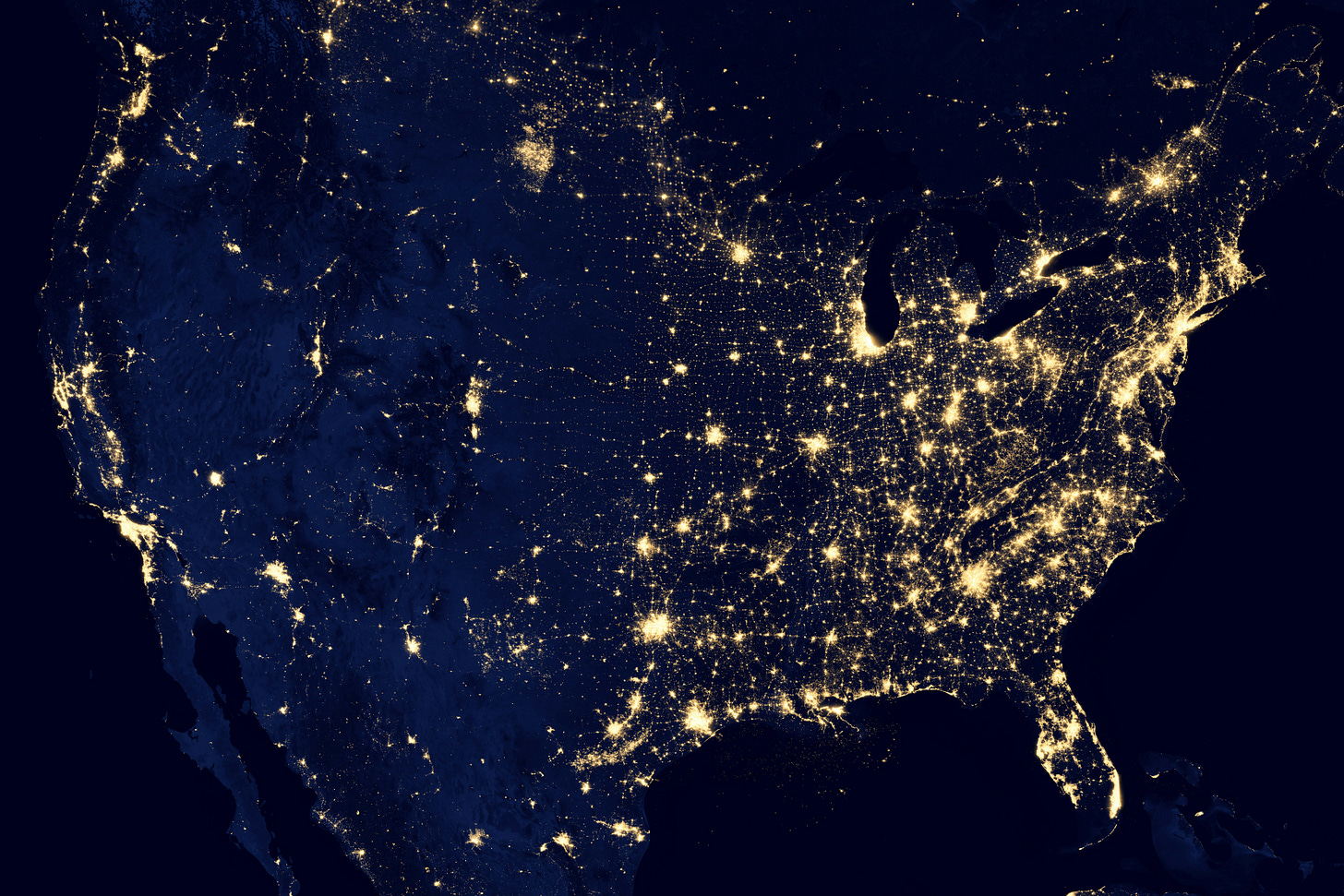What Happens if the U.S. Forces All Dollar Stablecoins to Be Issued Domestically?
As you may have picked up, a new draft of the U.S. stablecoin bill proposes that only U.S.-based issuers with fully audited 1:1 fiat reserves will be allowed to issue dollar-backed stablecoins. If passed, this could present a direct challenge to USDT the world’s largest stablecoin, which operates outside of U.S. jurisdiction.
Would this mark the beginning of the end for Tether? Or would it simply push the company to evolve and maintain its dominance? More importantly, what are the far-reaching consequences of such a move?
Adapt or Die?
If the U.S. government enforces these strict rules, I think Tether has three main choices:
1. Launch a Fully U.S.-Compliant Stablecoin (USDT2 or USDT USA)
Tether could create a separate, fully compliant version of USDT for the U.S. market, backed 1:1 with U.S.-regulated bank reserves
This would allow them to maintain access to U.S. on-ramps while keeping their existing offshore model intact
Other global players, such as Binance in the past, have used a similar “geo-fenced compliance strategy”
The risk being that if Tether creates a compliant version, it could open the door for U.S. regulators to demand the same transparency for its offshore reserves, potentially exposing aspects of its operational model that it has preferred to keep private
Time will tell whether Tether will partner with Cantor Fitzgerald or other financial entities to ensure banking relationships that maintain compliance while preserving autonomy
2. Ignore U.S. Regulations & Focus on “Banking the Unbanked”
The U.S. might be a key financial center, but Tether’s biggest demand comes from emerging markets where financial exclusion is AT LARGE
Argentina, Nigeria, Turkey, and Lebanon rely on USDT for stability, and U.S. regulators can’t control that demand
Tether could double down on serving markets where the U.S. has no jurisdiction while continuing to dominate offshore liquidity. In an absolute worst-case scenario, USDT could detach from USD reserves altogether and operate in an alternative ecosystem. It could pivot to multi-currency-backed stablecoins (Euro, Yuan, or a commodity-backed alternative) to maintain dominance in regions with weak fiat currencies
3. Political Maneuvering & High-Profile Alliances
Howard Lutnick, CEO of Cantor Fitzgerald, is a known supporter of Tether and currently holds a strategic position within the U.S. administration
His placement suggests that some key financial insiders see value in Tether’s role in global liquidity; and if they don’t, they might have to see it lol
Tether could leverage political connections to prevent an outright ban or negotiate favorable regulatory carve-outs, similar to how Wall Street firms influence financial regulations
If Cantor Fitzgerald and other financial heavyweights align with Tether, they could push for a regulatory framework that doesn’t outright ban USDT but instead introduces compliance pathways that allow it to continue operating
If Tether gains enough political backing, it could delay or weaken U.S. restrictions, buying time to strengthen its foothold in global finance
The Broader Consequences of a U.S. Stablecoin Crackdown
Liquidity Shock in the Crypto Market
USDT dominates most crypto trading pairs. If it were restricted from interacting with U.S.-regulated exchanges, crypto markets could face a short-term liquidity crunch
Traders might be forced to switch to USDC, PYUSD, or a U.S.-compliant USDT variant, changing the stablecoin landscape dramatically
The U.S. Risks Losing Stablecoin Dominance
If U.S. regulations become too restrictive, offshore stablecoins could decouple from U.S. banking infrastructure and start integrating with alternative financial systems
This could weaken the dollar’s grip over global stablecoin transactions, especially in Asia, Latin America, and the Middle East
Countries exploring non-USD stablecoins (like China’s digital yuan) could gain more influence
Could Tether’s U.S. Treasury Holdings Be a Factor?
Tether currently holds $115 billion in U.S. Treasuries, making it the 18th largest holder of U.S. debt globally
If the U.S. tries to block Tether, could this impact how foreign investors perceive U.S. debt reliability?
Forcing Tether out of the system could introduce unforeseen consequences for U.S. debt markets
The U.S. is moving aggressively to regulate stablecoins, but the reality is this:
Tether is in the literal trenches, too globally entrenched to be stopped by one country
If pushed, Tether will either comply in a limited way (USDT2) or focus entirely on offshore markets
If the U.S. makes stablecoins too difficult to issue, it could drive the world toward alternative financial systems outside of U.S. control. Assuming stablecoins issued by US banks miss the digital mark (lack of decentralization, global liquidity, or solid on-chain interoperability)
The latest U.S. stablecoin bill, as reported by Coindesk, suggests a split in regulatory power between state and federal authorities. But the real battle might be between the U.S. government’s control over dollar stablecoins and Tether’s global dominance.
Can the U.S. strong-arm Tether into compliance? Or will USDT simply evolve and continue operating outside Washington’s grip?
Sometimes stablecoin wars are fought out through proxies. And then it’s a matter of which proxy has a more wide-reaching and profound network effect.
I love stablecoins, Tether in particular, and I will be writing about the ongoing and ever-increasing future stablecoin war. Stay tuned for insights, drama, and analysis as it all unfolds.
P.S. In case you didn’t realize, I am not Patrick Hansen


